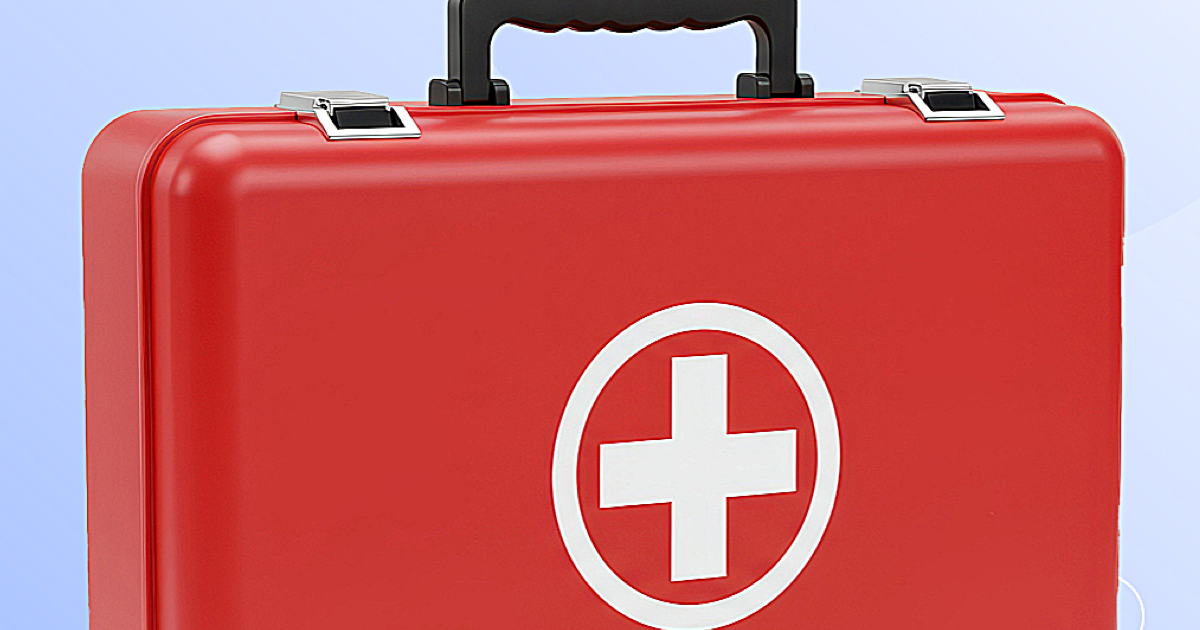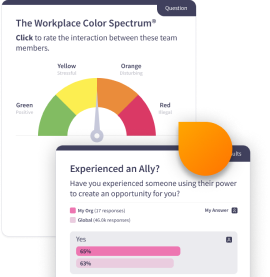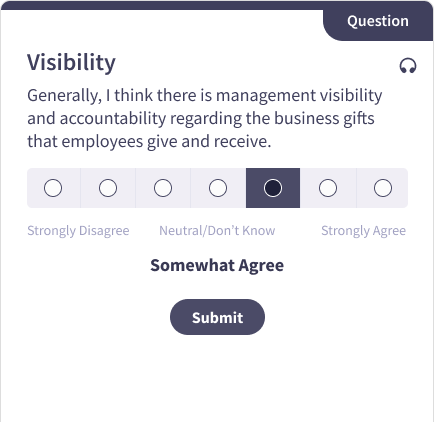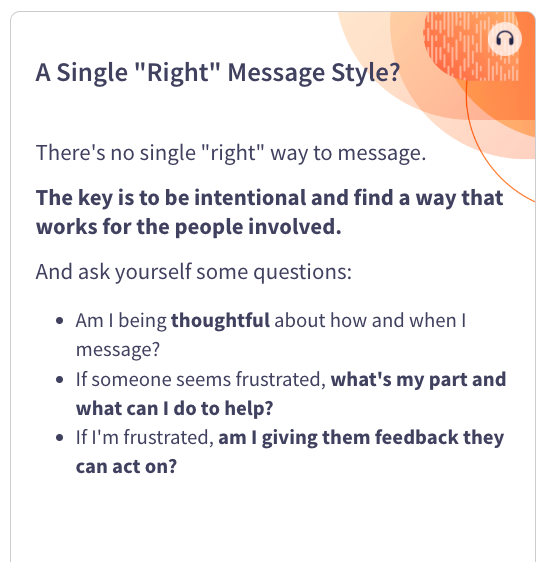
Responding to Workplace Injuries with Confidence
Accidents and medical emergencies can happen anywhere, and quick, confident action can make all the difference. Employees who understand basic first aid are better prepared to stay calm, provide immediate care, and prevent situations from worsening. This microlesson gives employees practical training on assessing emergencies, offering first response care, and knowing when to seek professional medical help.
Microlesson Description
This lesson provides employees with the fundamental skills and knowledge to handle common medical emergencies and minor injuries. Participants will learn how to assess a situation, provide immediate care, and know when it is critical to call for professional medical help.Key Concepts
- What should be included in a basic First Aid kit
- The Three C's of Emergency Response
- Learn common injuries and remedies you can be ready for
- What do if a serious injury occurs
- How to respond to Life-Threatening Emergencies
- What to do when help arrives
Microlesson Features
- Employee sentiment pulsing questions that provide leaders with insights into their workforce's core cultural competencies
- Emtrain's Expert Answers tool, enabling employeees to submit anonymous questions about sensitive issues.
- Rich, contemporary video scences illustrating key concepts through realistic scenarios
- A data driven, skill-based approach to eLearning that establishes a shared language for employees.

Related Resources
Related Trainings
Frequently Asked Questions
Below are answers to common questions that employees and managers have about this topic. These FAQs provide a preview of what you’ll learn in this microlesson and why it matters.
Q
Why is basic first aid training important for employees?
Basic first aid training equips employees to respond to injuries and emergencies before professional help arrives, saving lives and reducing harm.
Q
What are the key steps in providing first aid at work?
Assess the scene for safety, check the person’s responsiveness, call for help, and provide immediate care such as stopping bleeding or using CPR if trained.
Q
When should you call emergency services during a workplace incident?
Call emergency services immediately for severe bleeding, loss of consciousness, breathing difficulties, or any situation beyond basic first aid.
Q
What items should be included in a workplace first aid kit?
A first aid kit should include bandages, antiseptic wipes, gloves, adhesive tape, burn dressings, and basic tools like scissors and tweezers.
Q
How can managers encourage first aid preparedness?
Managers can schedule regular training, maintain stocked first aid kits, and promote awareness of emergency procedures and responders.



